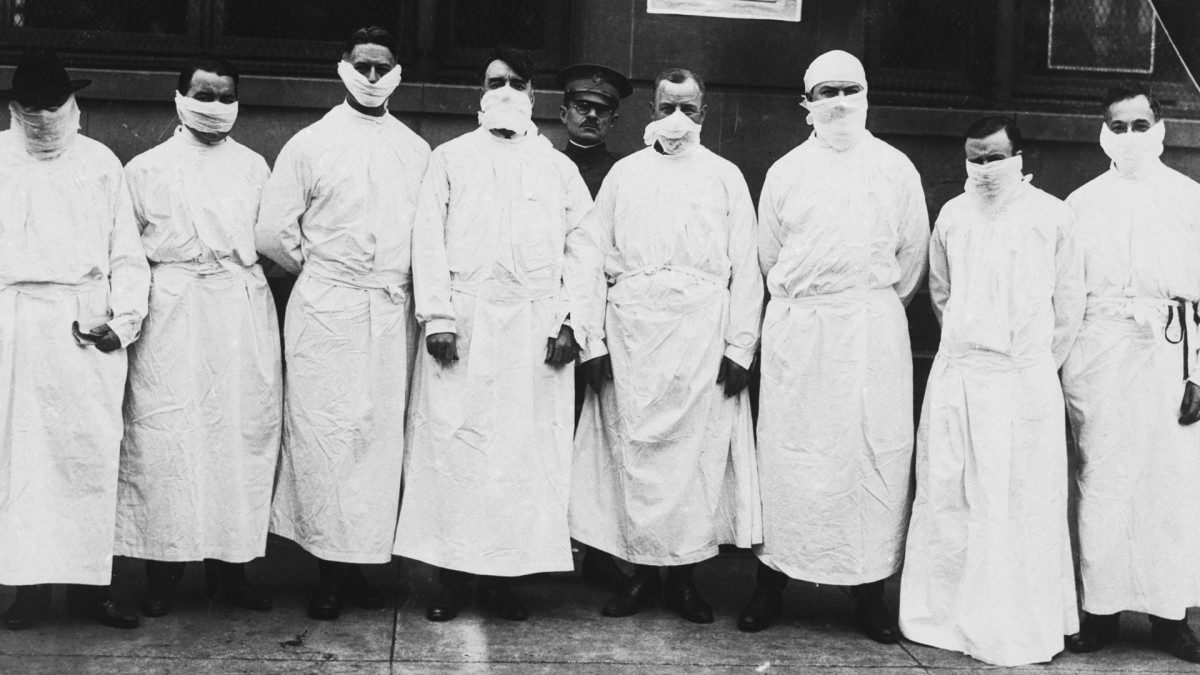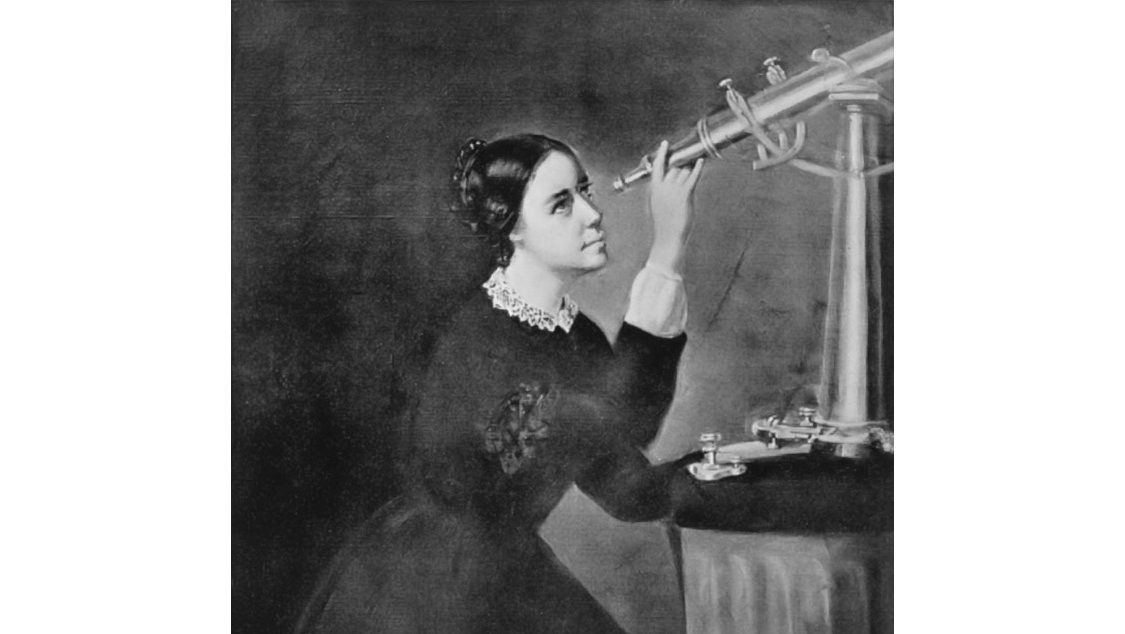Why are algorithms called algorithms? A brief history of the Persian polymath you’ve likely never heard of
Reading time: 5 minutes
Muhammad ibn Mūsā al-Khwārizmī played a central role in the development of mathematics and computer science as we know them today. The next time you use any digital technology – from your social media feed to your online bank account to your Spotify app – remember that none of it would be possible without the pioneering work of an ancient Persian polymath.









